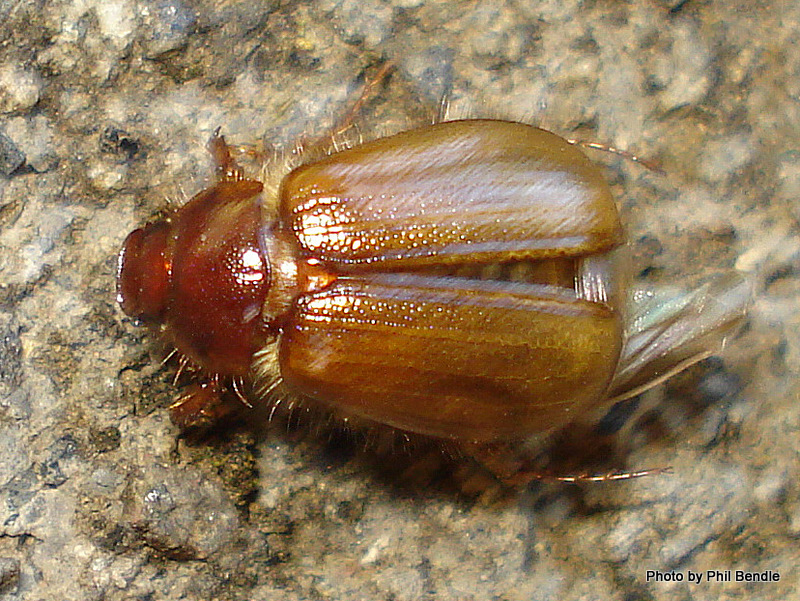It is about 15mm long, spends a year as larvae and is almost impossible to count, but the Cromwell chafer beetle delayed ratification of a planning change for two years.
The critically endangered insect was the subject of debate between the Central Otago District Council (CODC) and Department of Conservation (Doc) around the area that should be left undisturbed to protect the chafer beetles.
At the council’s meeting last week councillors agreed to ratify a decision of the independent commissioner regarding Plan Change 18 (PC18), which effectively extended the Cromwell industrial area across an additional 52ha of councilowned land, between the existing industrial land off Cemetery and McNulty Rds in Cromwell, and about 13ha of private land between the Cromwell cemetery and State Highway 6.
Deputy mayor Neil Gillespie, who chaired the meeting in Mayor Tim Cadogan’s absence, said the decision had been a long time coming.
Council principal policy planner Ann Rodgers said Doc had requested a 25m setback from all buildings from the chafer beetle reserve boundary to avoid potential edge effects such as shading and run-off which could affect ground conditions, and light spill, as chafer beetles were nocturnal insects.
The beetles were difficult to count as they were nocturnal and digging their habitat to find them effectively destroyed it, Ms Rodgers said.
Life was extremely difficult for the chafer beetle, which were also vulnerable to the population of Australian redback spiders in the reserve.
Other predators include hedgehogs, little owls and earwigs.
Some of the beetles were found north of the town in 1968, next to a nine-hole golf course, but that population was destroyed when the course was expanded to 18 holes.
Much of the rest of the beetle’s original 500ha range was destroyed by the construction of the Clyde Dam in 1979 and the subsequent formation of Lake Dunstan.
The 25m setback would add up to a loss of about 2.5ha of land that could be developed along the 1000m-long boundary with the reserve.
It was agreed to utilise the area on the reserve boundary for roading, providing two main links to the existing industrial development off Cemetery and McNulty Rds, avoiding the existing high voltage transmission line on the site.
Waka Kotahi NZ Transport Agency had raised concerns about the impact PC18 would have on the intersections of Cemetery Rd and McNulty Rd with the state highway.
After discussions with Waka Kotahi and modelling from transportation planners Abley, it was agreed the proposed plan change would not have any additional impact on the two intersections greater than the projected growth, Ms Rodgers said.





